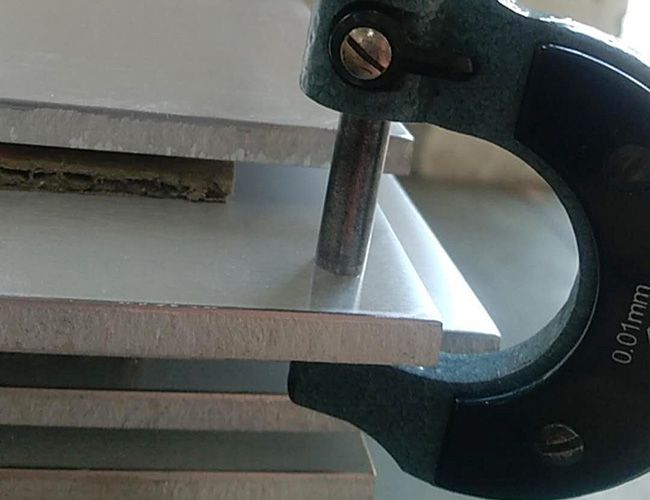6061 aluminum alloy is a medium to high strength that can be heat treated. Aluminum alloys are widely used in aerospace transportation electronic products and architectural decoration and other fields.

1. Due to the poor formability of 6061 aluminum alloy at room temperature, its multi-directional forging is a non-steady and irreversible process of thermal change. The influence of process parameters (such as strain, deformation, pass, deformation temperature, deformation speed, etc.) on the plastic deformation behavior of the material is very complicated. It is directly related to the microstructure and properties of the bulk UFG material and the forming quality of the final forging blank.
2. During the multi-directional forging deformation process of 6061 aluminum alloy, the forming load is the most sensitive to the deformation temperature, and the equivalent strain is the most sensitive to the deformation pass;
3. The 6061 aluminum alloy billet has a "bulging belly" phenomenon during the multi-directional forging process, and the metal flow on the central longitudinal section presents an "eight" shape. With the increase of deformation passes, the accumulated strain in the material gradually increases, and the deformation uniformity is continuously improved;

4. The multi-directional forging process can strongly refine the grains and effectively improve the mechanical properties of the material. With the increase of deformation passes, the grain refinement degree and microstructure uniformity of 6061 aluminum alloy material increased continuously, and the mechanical properties were further improved, but the increase gradually decreased after 2 passes;
5. After 4 passes of multi-directional forging, the hardness and strength of the 6061 aluminum alloy are significantly improved. The microhardness and tensile strength are 861HV and 223MPa, respectively, compared with the initial as-cast state, with an increase of 140.5% and 102.7%, respectively.
< What is the difference between 3003... Why does aluminum foil have differe... >
